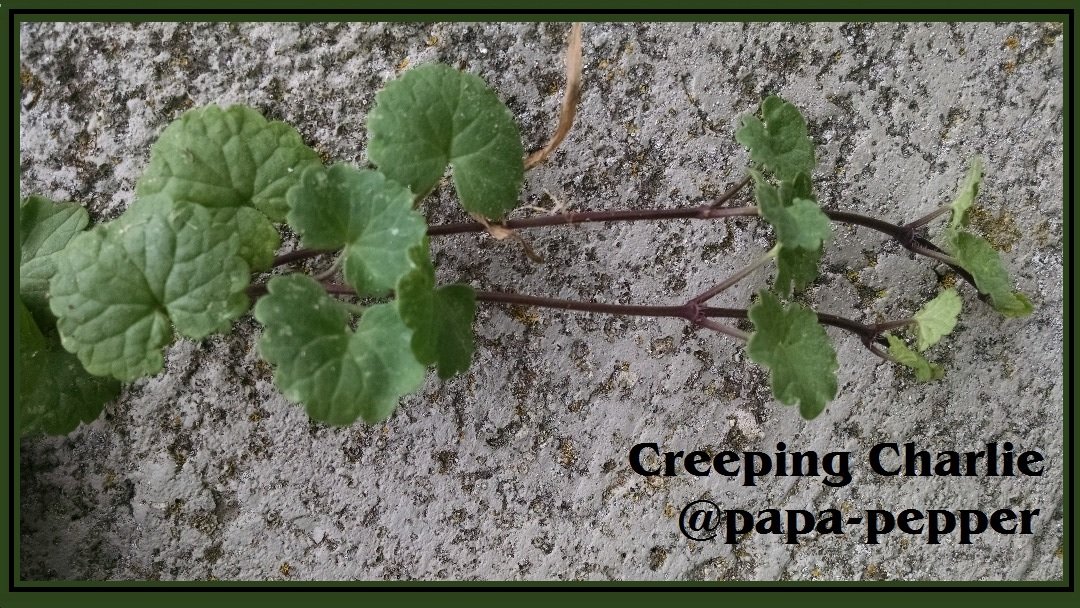
Those who know Creeping Charlie have one of two opinions about it; they either love it, or they hate it. If this plant is edible, you may wonder why so many find it to be detestable. It’s the invasive nature of Creeping Charlie that makes some consider it to be a curse, rather than a blessing. Many people have been attempting to eradicate it from their properties for years, and many are still losing that battle. I’d recommend eating as much as they can, and then making the rest into tea. It’s a beneficial way to get rid of some anyway. Another common name for this plant is Ground Ivy, and the scientific name is Glechoma Hederacea.
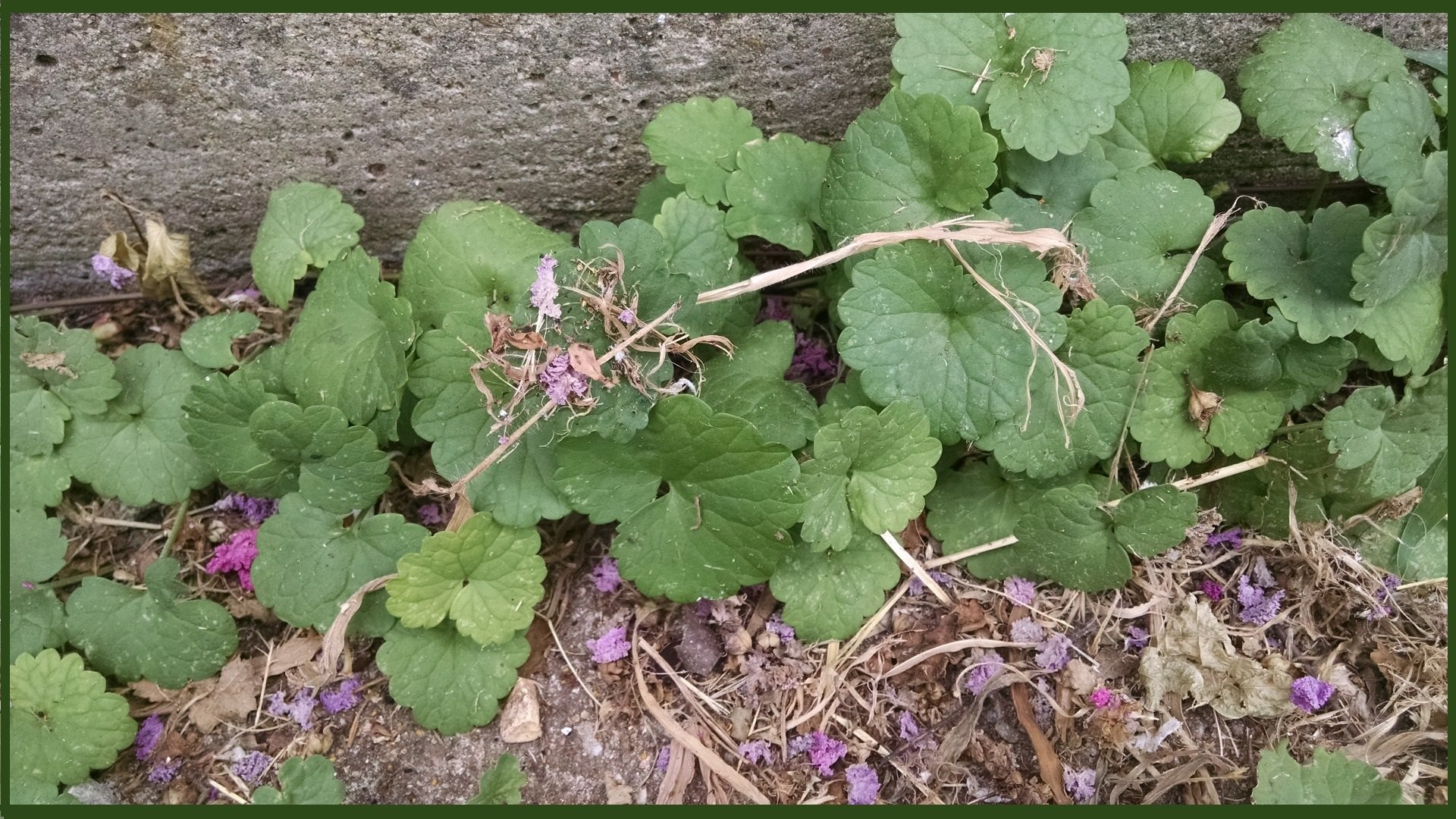
As it turns out, Creeping Charlie isn’t even native to North America. It was brought to this continent by European settlers. It’s obviously naturalizes itself rather easily, and can be found all over the place these days. When I was first introduced to this plant last year, I was a little cautious. I kept running into “Charlie” all over the place. I’d think, “Could this really be him again?” Time after time, it was.
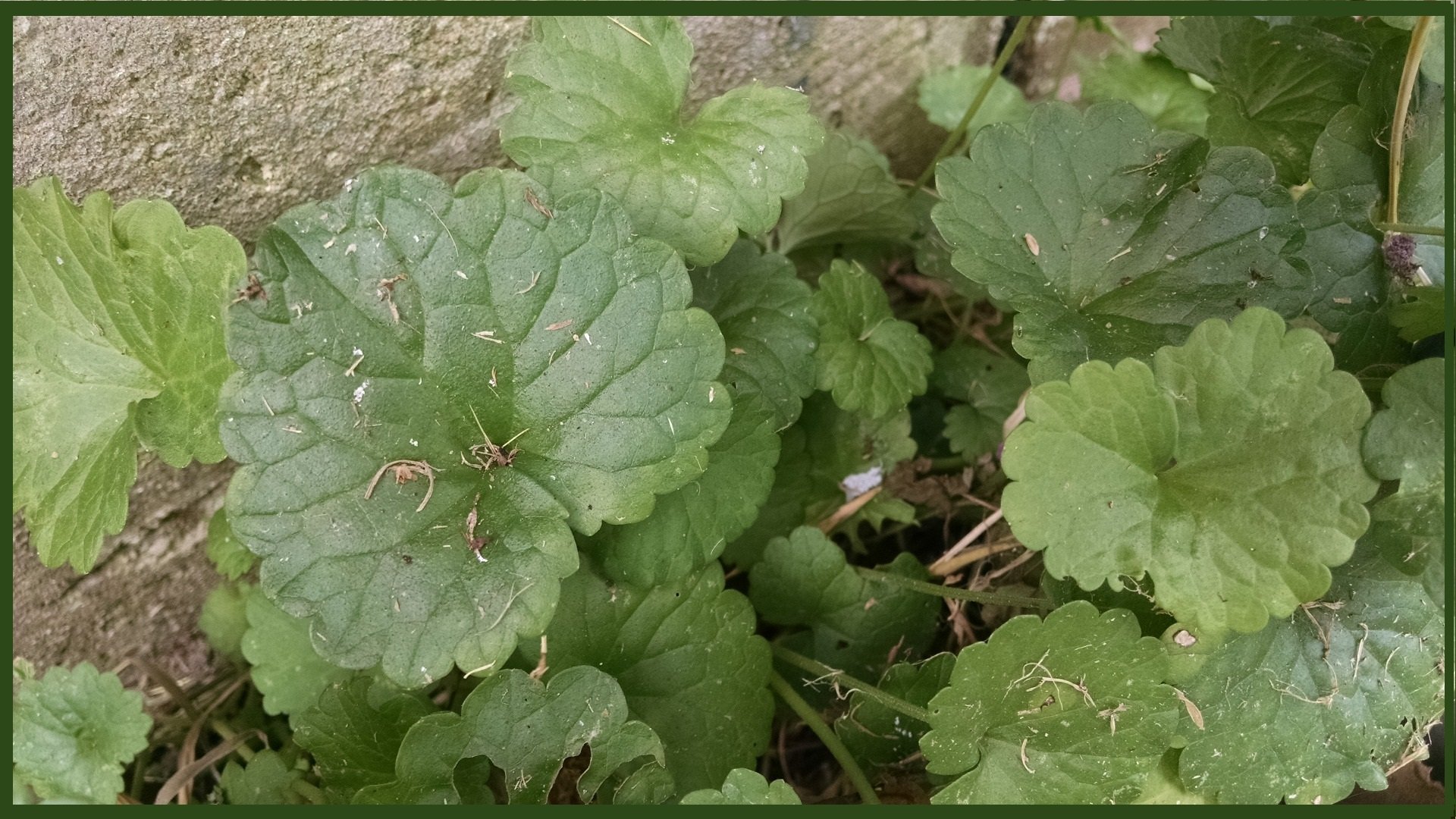
The leaf shape and sprawling runners should be the first clue. Since Creeping Charlie is a member of the Mint family, it will also have a square stem and a distinct smell. Once the smell has become familiar, there’s really no mistaking it. I’d have to describe it as earthy, yet spicy. The combination of these characteristics makes it easy to ensure accurate identification.
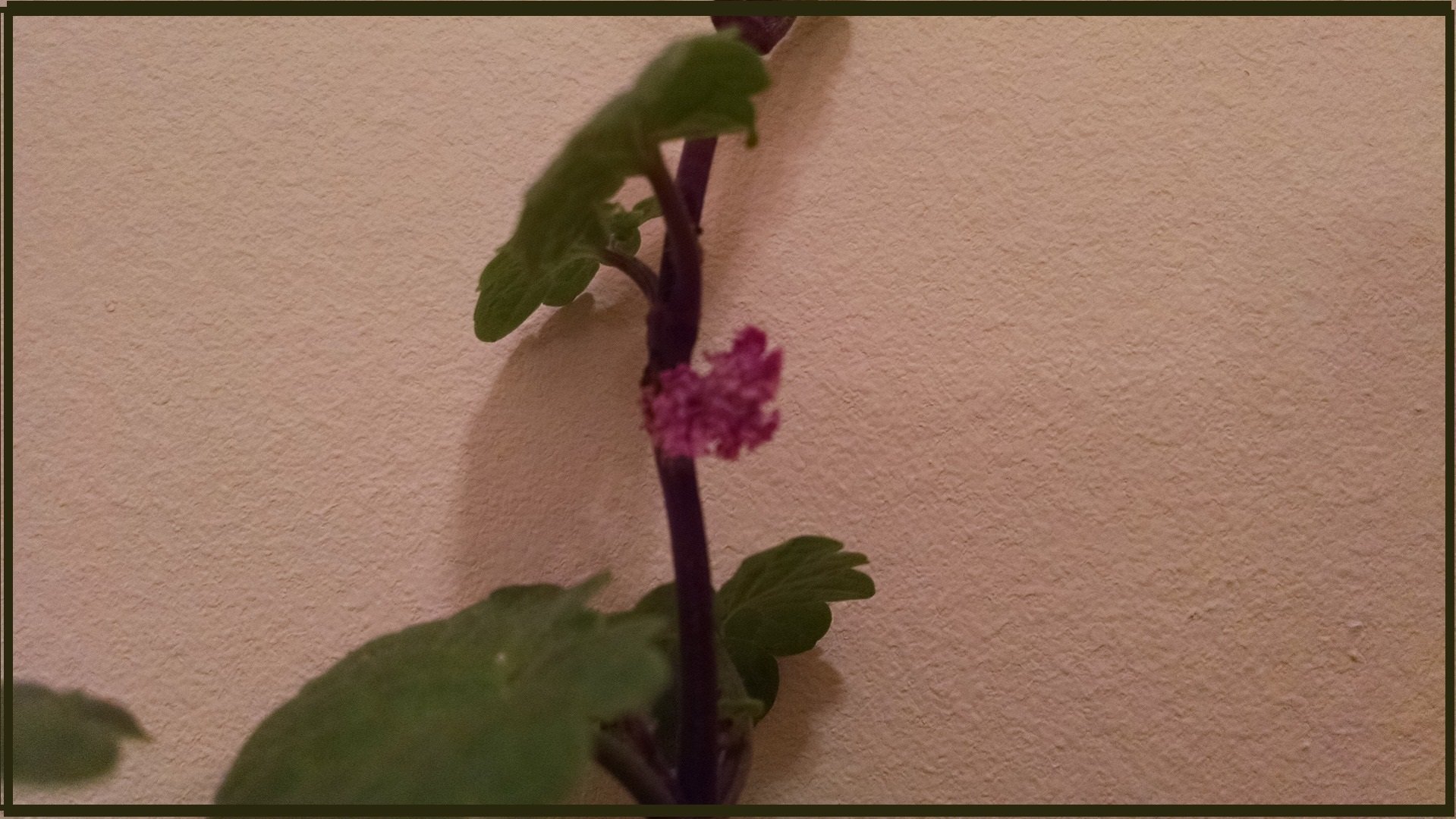
The plant can reproduce itself both from the runners re-rooting themselves and also from seed. The seeds come once the small purple flowers mature. What appear to be the flowers are actually little clusters made up of several tiny flowers.
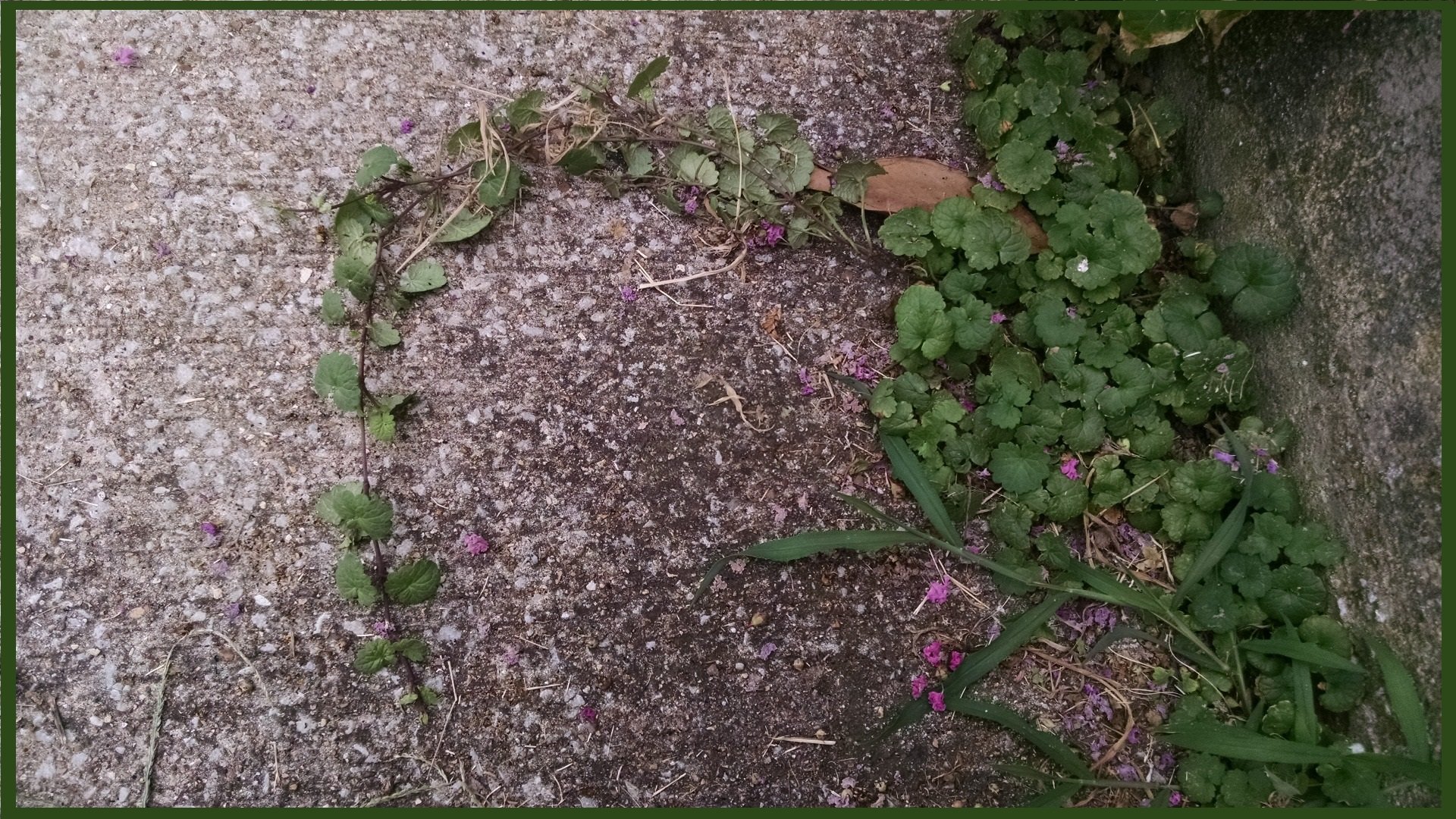
Historically, Creeping Charlie has been used medicinally as well as for a food source. I’ve mostly eaten them raw or used them for tea, but the leaves can also be cooked. Any way you use it, it is a good source of Vitamin C. Finding some growing locally is a great way to increase the nutritional value of salads.
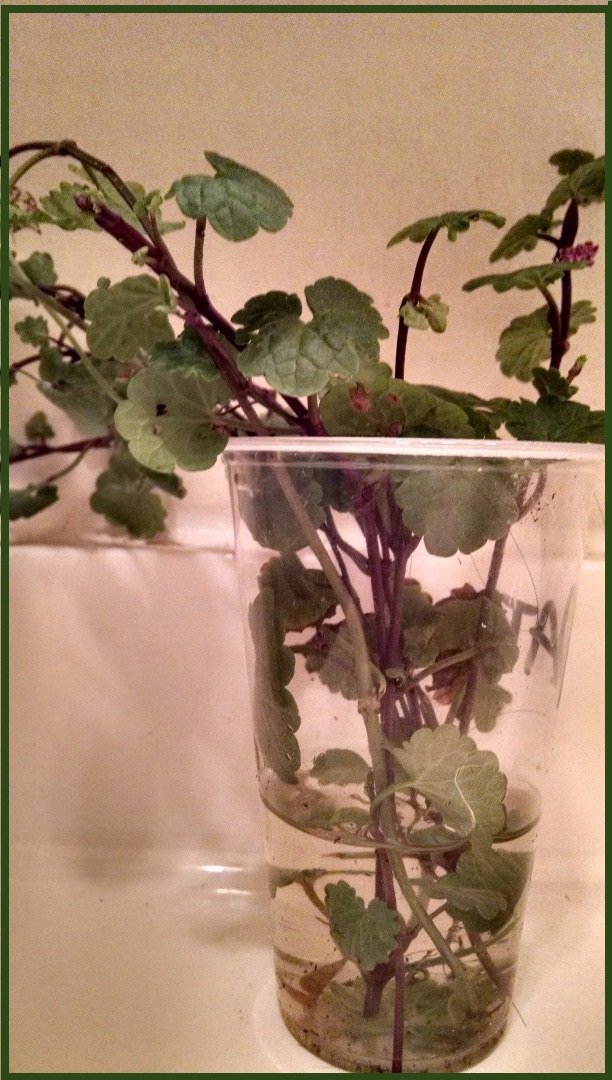
Another characteristic of members of the mint family is that they will root very easily, just by putting them in water. I’m testing Creeping Charlie right now, but I’m pretty sure, due to its invasive nature, that it will root very quickly. I’ll let you know.
Creeping Charlie is not indigenous, and maybe it’s even invasive. However, since it is here, I saw that we take note of it, and remember where we see it growing. If we ever get lost or find ourselves in a crisis situation, it could just provide the nutrition we need to pull through.
BONUS

As a bonus I’ve added these pictures of my oldest daughter with a butterfly yesterday, since I didn’t think that they warranted their own post.

This particular butterfly hung out around the garden for most of the afternoon. Another one of my daughters was able to pick it up just by placing her finger in front of it. They sure are beautiful creatures.

Finally, let’s not forget the proof-of-charlie.
For more information on wild edibles, check out the previous posts for THE EDIBLE OUTDOORS.
1-Common Yellow Wood Sorrel
2-Lamb’s Quarters
3-American Gooseberry
4-Stinging Nettle
5-Sassafras
Thanks - @papa-pepper
